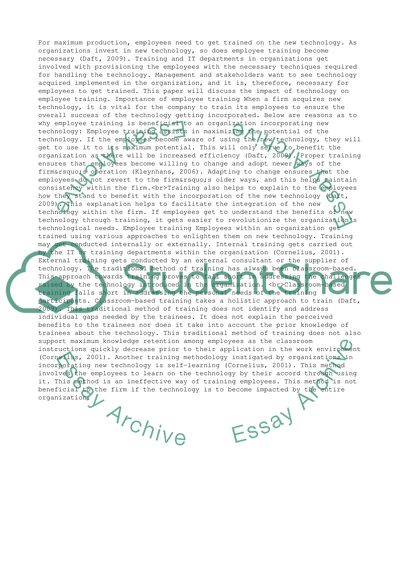Cite this document
(Impact of Technology on Employee Training Research Paper, n.d.)
Impact of Technology on Employee Training Research Paper. Retrieved from https://studentshare.org/management/1456286-in-what-ways-has-technology-impacted-the-ways-we
Impact of Technology on Employee Training Research Paper. Retrieved from https://studentshare.org/management/1456286-in-what-ways-has-technology-impacted-the-ways-we
(Impact of Technology on Employee Training Research Paper)
Impact of Technology on Employee Training Research Paper. https://studentshare.org/management/1456286-in-what-ways-has-technology-impacted-the-ways-we.
Impact of Technology on Employee Training Research Paper. https://studentshare.org/management/1456286-in-what-ways-has-technology-impacted-the-ways-we.
“Impact of Technology on Employee Training Research Paper”, n.d. https://studentshare.org/management/1456286-in-what-ways-has-technology-impacted-the-ways-we.


